Urgent measures needed to stop youth suicide ‘epidemic’
As Queensland’s largest Catholic school reels from two shock suicides within weeks of each other, the “rising tide” of deaths across the nation has been laid bare with children as young as nine being screened for depression. Here’s what our schools are doing to stem the tide.
Education
Don't miss out on the headlines from Education. Followed categories will be added to My News.
Children as young as nine are being screened for depression as Queensland schools urgently implement new ways to tackle a youth suicide “epidemic”.
From hiring clinical psychologists to urging kids to keep journals, they are scrambling to stem a “rising tide” of tragic deaths.
It comes as Queensland’s largest independent Catholic school, Iona College, in Brisbane’s bayside, reels from two shock suicides within weeks of each other, and mental health organisations predict a youth suicide spike of up to 30 per cent due to the impacts of COVID-19.
Two teen suicides, one school, seven weeks apart
‘He’s been masking his troubles’: Wayne Bennett opens up about Darius Boyd
Jonah Waterson, 14, and Finn Meehan, 15, were smiling, engaged children who showed none of the signs experts warn to look out for, prompting college rector Fr Michael Twigg to describe their deaths as a “diabolical mystery”.
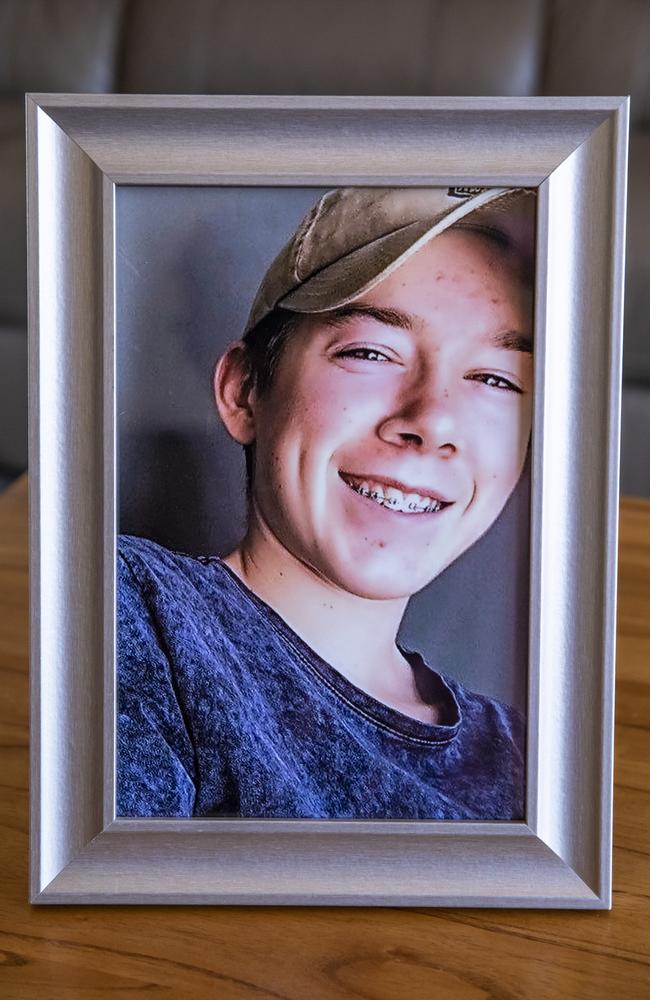
As Jonah’s parents Peter and Fiona Waterson share their heartbreaking story in Saturday’s Qweekend, they want other parents and teachers to talk more deeply about suicide, even when there are no red flags.
“He was such a happy kid,” says Mrs Waterson, 53.
“He didn’t show any sadness; they say boys (having suicidal thoughts) withdraw, but no. I kissed him goodnight every night, had eye-to-eye conversations with him, we ate dinner as a family, and I’d kiss him goodbye in the mornings before school. You’d think, as a mother, I’d pick up on something.”

This year, many other Queensland schools, both private and state, have experienced suicide.
It is the number one killer of Australians aged 15-24, with males four times more likely to die this way.
Since January there have been nine student suicides on Sydney’s north shore, and five in Geelong in Victoria.
“This is a national crisis,” said Fr Michael, who has been contacted by more than 60 schools following Iona’s twin tragedies.
“Every school in Australia is walking a journey with vulnerable kids right now.”
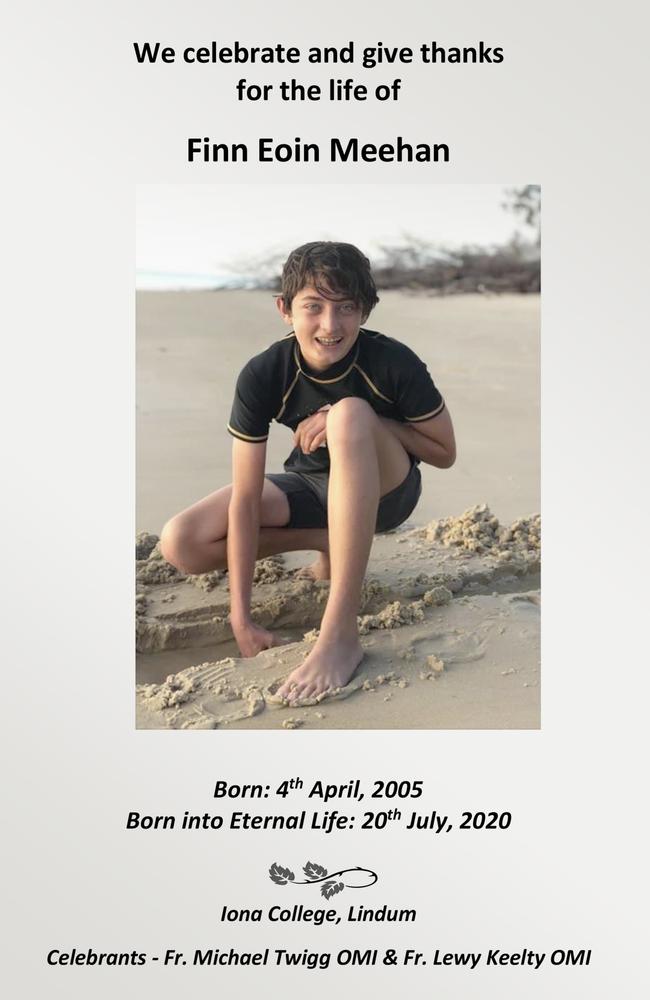
St Joseph’s Nudgee College has ramped up its wellbeing programs since the pandemic, and every week asks students, aged nine to 18, to rate their mood, stress levels, how they are coping and if they would like to see a counsellor.
Principal Peter Fullagar said the “pulse check” provides “vital, live data about how a boy or a group of boys are travelling”.
“We now have two clinical psychologists and a social worker on staff,” Mr Fullagar said.
“But beyond what teachers say or do, it is vital boys feel really connected with each other, to inoculate them against mental illness.
“For all the good things we do, we have students at risk.”
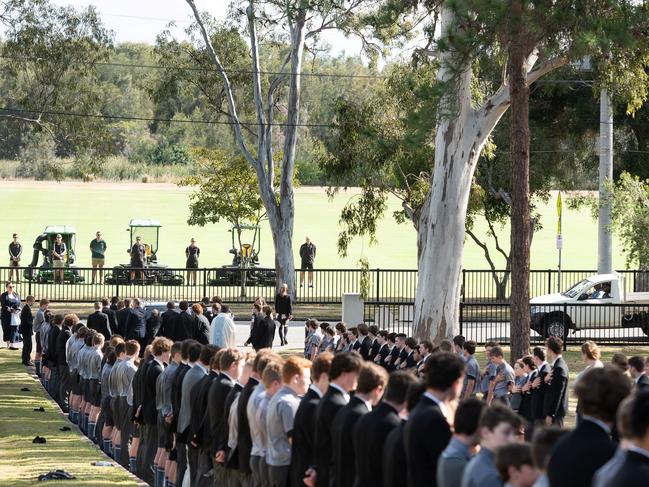
He said COVID had “shone a light on an epidemic”, but the “rising tide” of suicide and mental ill-health in all schools began 10 years ago.
In June Brisbane Boys’ College in Toowong launched a social media campaign with a series of “challenges”, including “be brave and write about your emotions” in a journal and “choose hope and seek help”.
Psychology professor Lea Waters said schools were “working harder than they ever” to take care of mental health.
In March Prof Waters, director of the internationally renowned Visible Wellbeing schools program, developed an online version in anticipation of the fallout from COVID-19 and remote learning.
More than 2000 schools registered.
“There is no doubt COVID has amplified and cracked open a fault line for youth mental illness, a fault line already there with unacceptably high rates of youth anxiety and suicide,” she said.
“Add a global pandemic and kids unable to go to school and get their social and emotional needs met, and being at home with stressed out parents, and you have a crisis.
“While suicide is still very much a male problem, it is on the rise for teenage girls.”
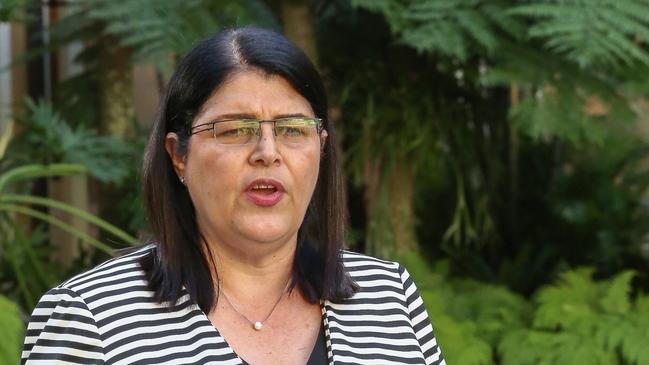
Education Minister Grace Grace said mental health had been a key focus in the past decade, with guidance officers referring students to “appropriate supports within the school and community”.
“But sadly, we are still seeing school-aged children suiciding,” Mrs Grace said.
“They say it takes a village to raise a child, well, I think it takes a village to protect a child as well.
“Everyone has a role to play in identifying these issues, including friends, parents, teachers, principals, guidance officers, coaches, and extended family.”
TRAGEDY A TRIGGER FOR AT-RISK STUDENTS
THE shock suicide of a “very successful, involved and respected” Year 11 student at Kelvin Grove State College three years ago not only rocked the school community but amplified the vulnerability of five other teenagers at the school.
Executive principal Llew Paulger said the death came “completely out of the blue” and “the wave through the college was enormous”.
“At the time of that incident we were watching five other students closely, and for them it was a real trigger to exacerbate their vulnerabilities,” Mr Paulger said.
“But we knew about these students, and we had layers of support, both internal and external, around them, and they made it through.”
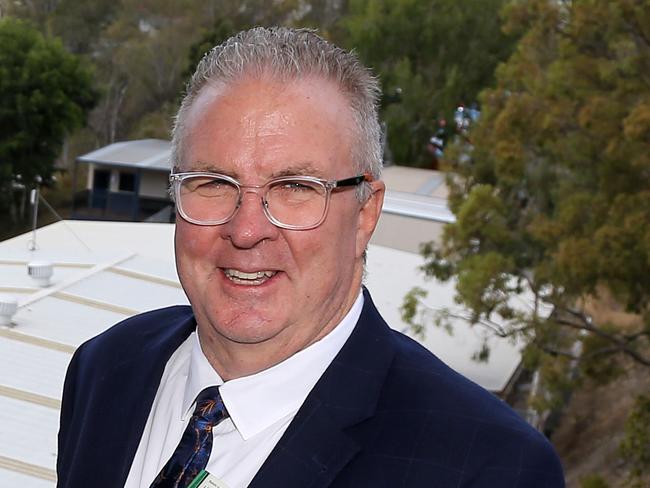
For Mr Paulger, who has been at the helm of one of Queensland’s largest schools since 2015, said “millions of dollars every year” had been spent on student mental wellbeing, which had become more important than academic results.
“You can’t access the magic in the classroom if you are not emotionally well – we don’t shy away from academic excellence but we focus firstly on mental health.”
In a school of 3600 students, aged five to 18 and representing 67 nationalities, the core message is connection.
“In the middle and senior schools where students have more than one teacher, we have an overt focus – that every child should hear their name said every day in every class.
“People might think it’s simplistic but it’s not; how can you feel connected if no-one knows your name?”
Kelvin Grove State College has huge year levels of up to 500 students, but there are several co-ordinators in each to build close bonds.
“We have layers and layers of people to create genuine interaction,” Mr Paulger said.
“In a school this size it could otherwise be easy for students to become invisible. Right from Prep, students are taught ‘you’re a KG kid’; we are constantly checking in.”
The memorial for the lost Year 11 student was held on school grounds so fellow students and teachers could mourn together and also “celebrate that wonderful young life”.
“It’s not about hiding from those issues, it’s about making sure people understand there is always someone who will listen, and schools do that brilliantly well, I think,” Mr Paulger said.
“What will often be found months after, when families reflect on other incidents that have absolutely nothing to do with school, the trigger is external.
“Many of the vulnerabilities and insecurities young people have are because of a perception they have to keep up with this or that image.
“We say to them, ‘find your tribe, people who will wrap around you and positively support you’.”
If you or anyone you know needs help:
Lifeline 13 11 14
Kids Helpline 1800 551 800
Headspace 1800 650 890
Beyond Blue 1300 224 636
USEFUL RESOURCES:

